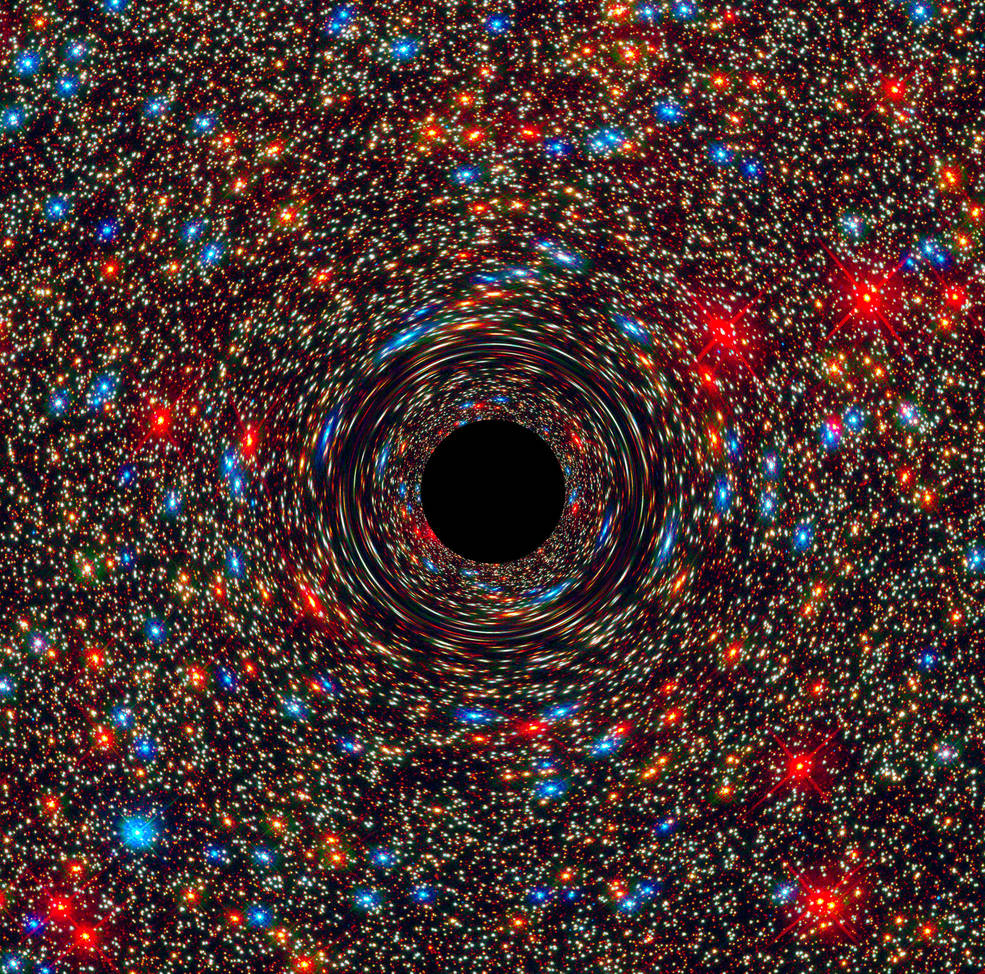
To probe the symmetries of the elementary particles and fundamental forces and their deeper relation to the ultimate truth is the goal of modern particle theory.
At The University of Alabama, this work is undertaken on a broad front from lower dimensional field theoretic models to relativistic superstring theory to the current phenomenology of particle reactions to the gravitational theory of black holes.
Our faculty and their current research interests are
- Matthias Kaminski – Holographic principle, gauge/gravity correspondence, quantum field theory, string theory
- The research goal is to connect fundamental theoretical principles with feasible experiments.
- Nobuchika Okada — astroparticle and collider physics
- Research is focussed on signals for new physics at the LHC and in astrophysical observations.
- Allen Stern — quantum groups, non-commutative geometry, and low dimensional models
- Quantum groups offer a new procedure for quantizing a classical theory. They have possible applications in generalizing gauge theories as well as in describing systems with exotic statistics.
Emeritus faculty
Benjamin Harms — cosmology and theory of black holes. The research goal of the group is to predict how objects with horizons (black holes) interact with other objects when quantum effects are taken into account.
Contact Us
If you are a student (undergraduate or graduate) with a possible interest in elementary particle theory we would be glad to hear from you via e-mail or otherwise. Please contact one of the physicists above or email physgrad@ua.edu for information about graduate study. Information about our graduate program is also available on our website.